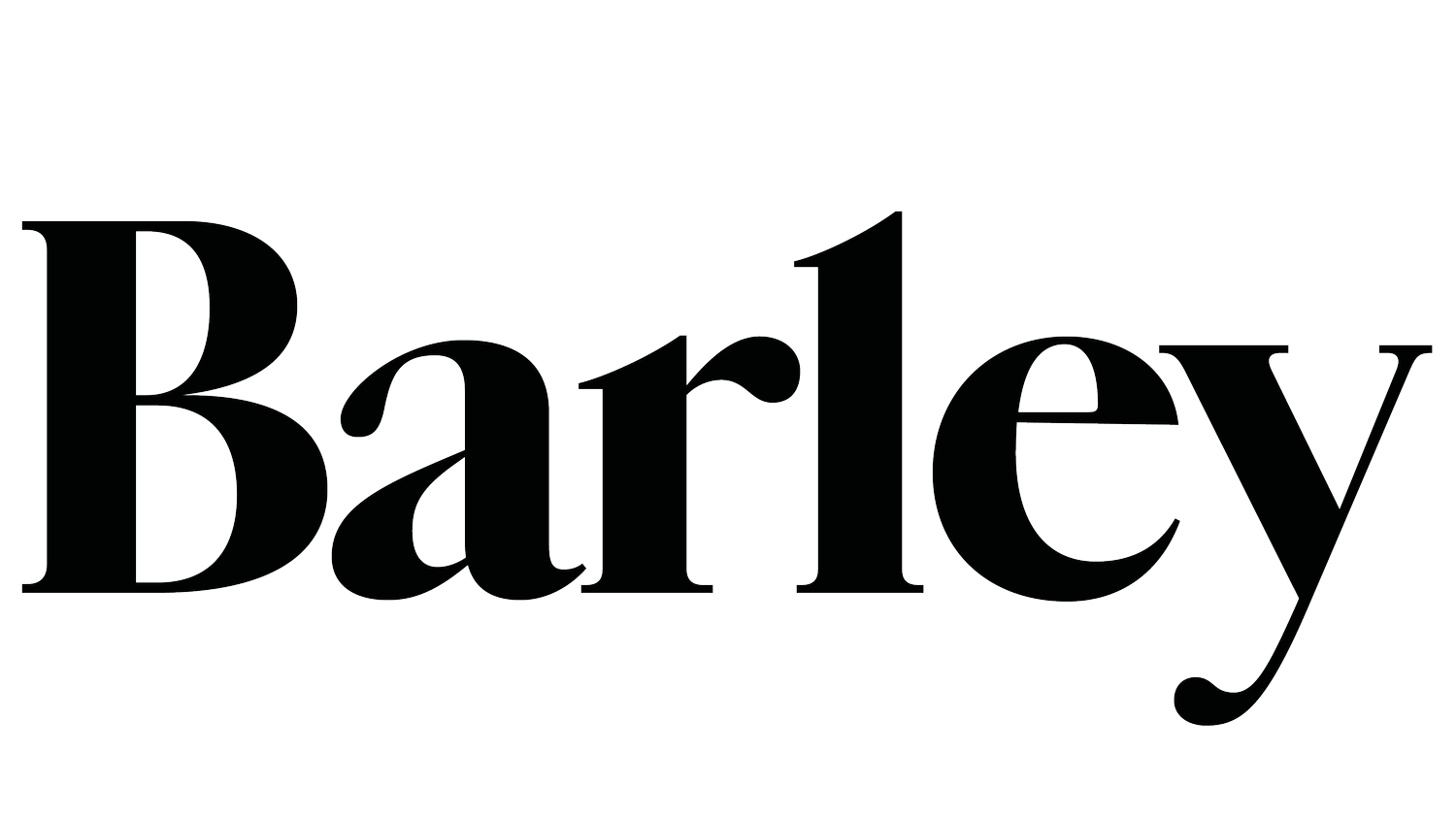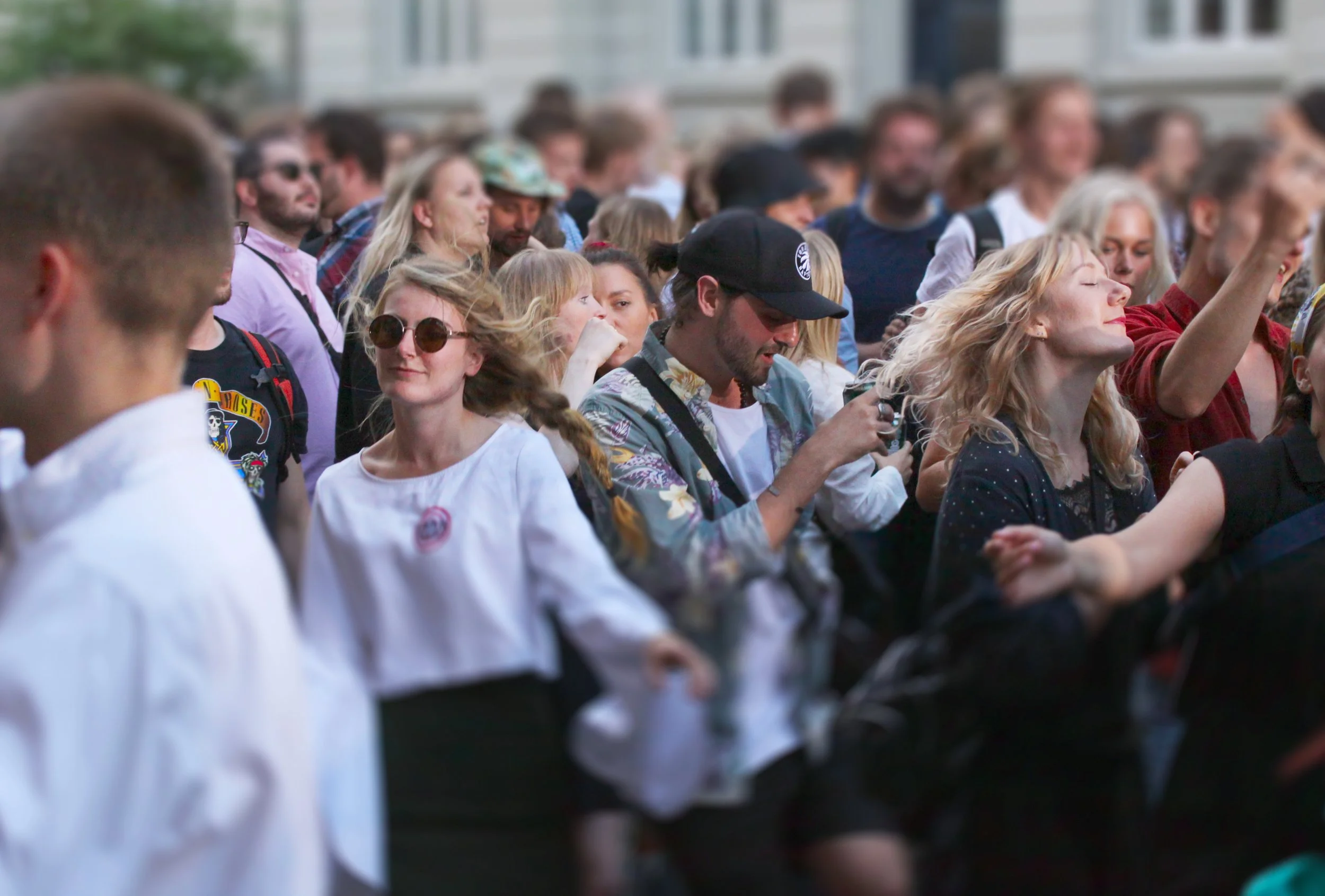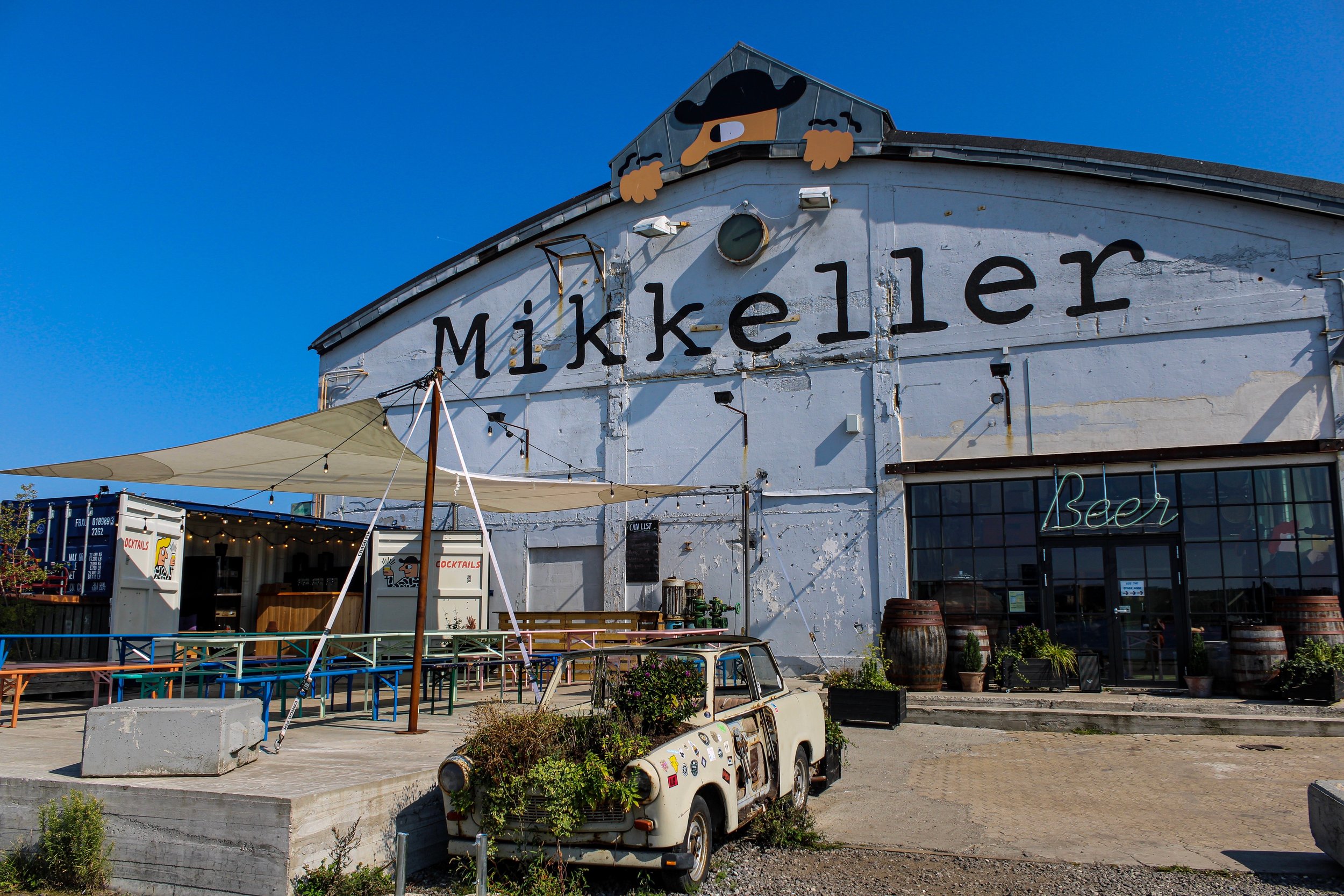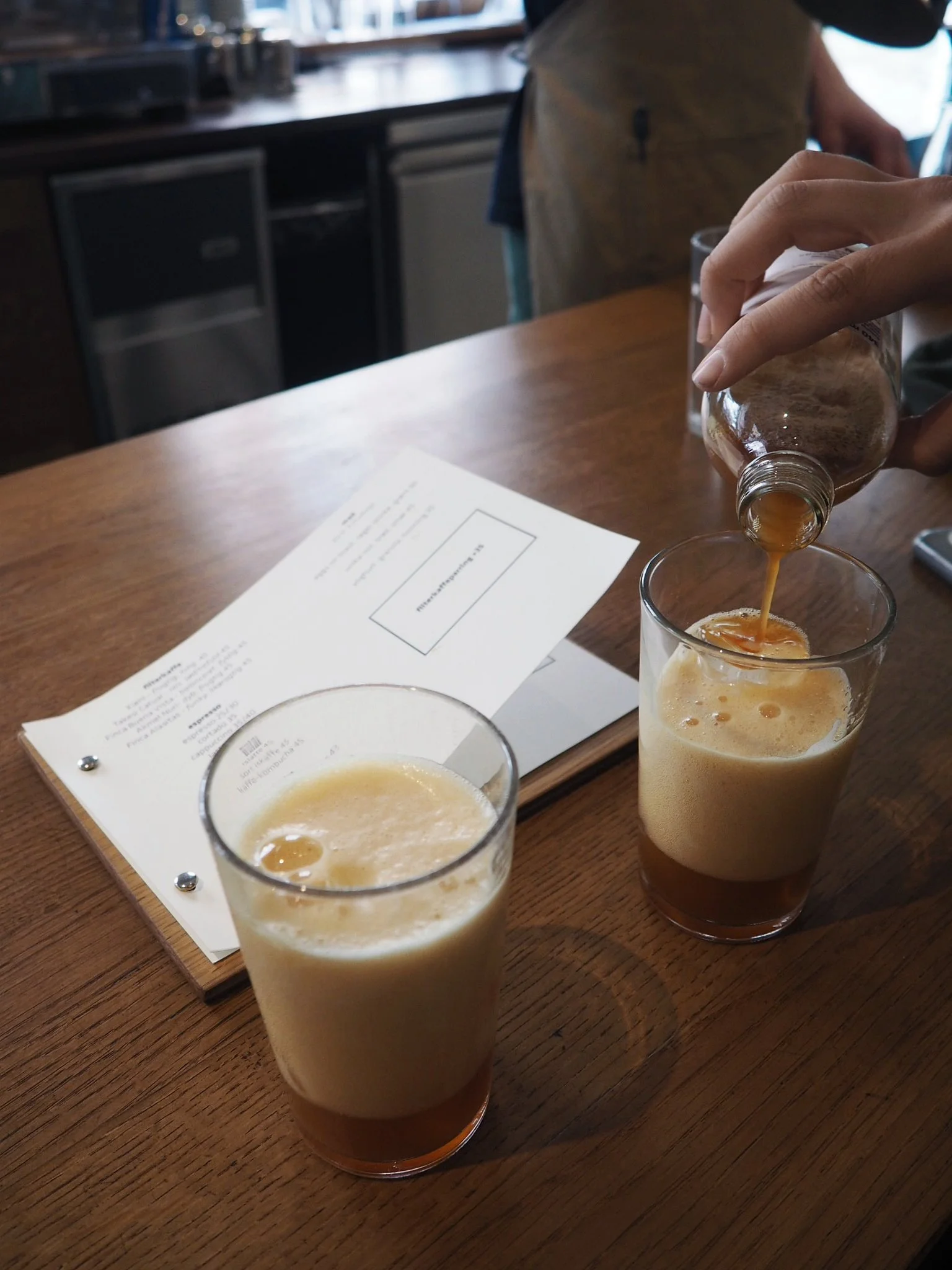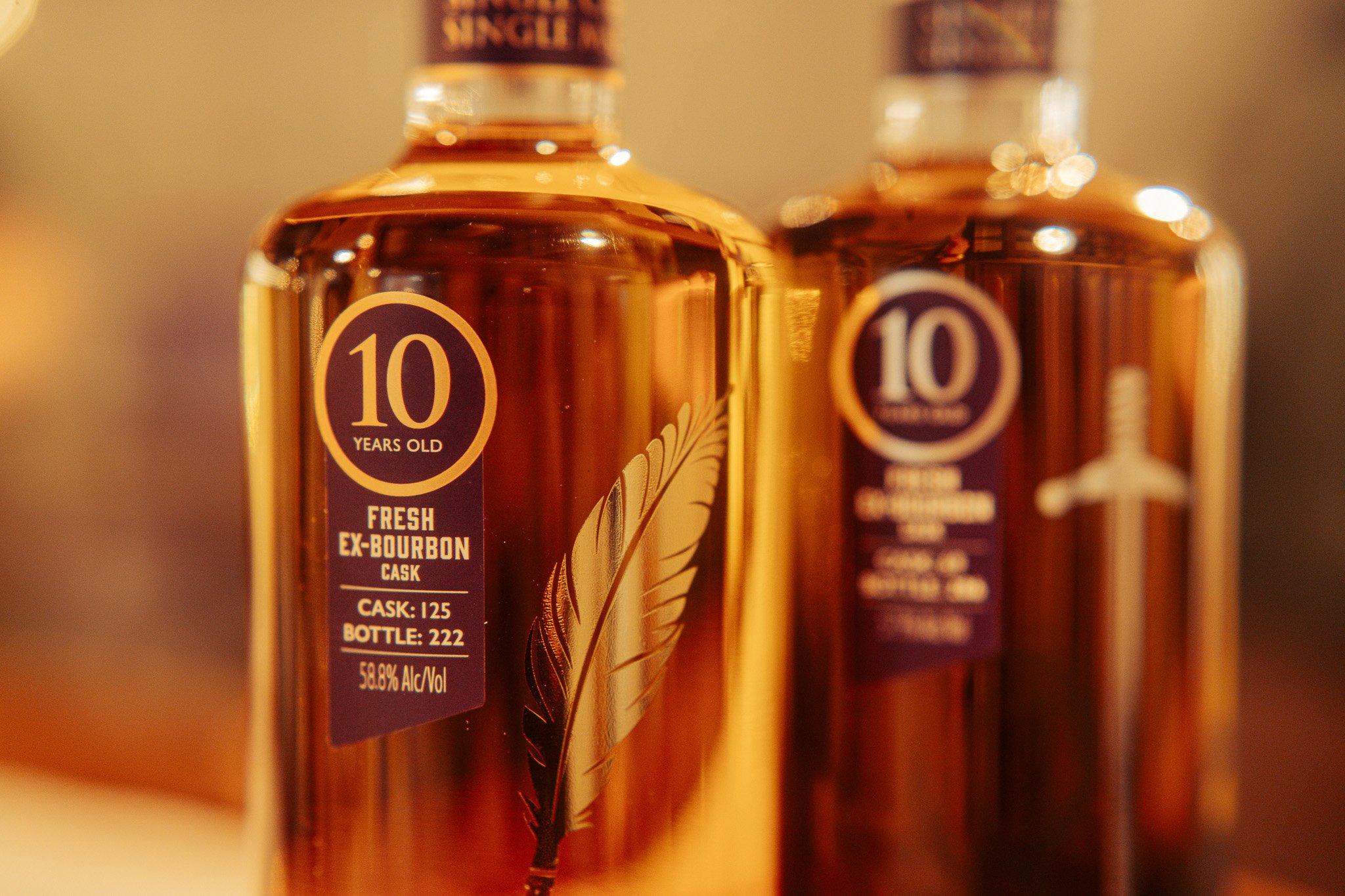The Cost of Eating Well in Copenhagen
It was the year the food scene exploded, she embarked on an exciting but fraught relationship and nowhere was more thrilling to be than the Danish capital. Alice Florence Orr reflects on the bittersweet summer of 2018 — and shares her favourite places in Copenhagen to drink, dine and take a date
The year I spent in Copenhagen was memorable for its long, smouldering summer. It made us forget just how unyielding that winter had been. We emerged from blizzards into a heatwave that stretched on and on, languidly at first, then morbidly. My legs became taut and tanned from constant cycling, despite having nowhere to go. Riding had become easy, thoughtless. I smoked all the while, watching other sun-kissed people pedal towards nothing in particular. Only a few months before, I had watched them stride confidently across the frozen canal near my apartment. Now they jumped, naked, into the water in the middle of the day. It was like falling into a dream.
But just as the seasons were bifurcated into two extremes, so was my experience of the city. I spent the first half of the year feeling lonely, too broke to even afford a coffee. Then I began dating a man who enjoyed buying me an endless number of coffees until I became indebted to him. He looked good on the page, though perhaps not these pages. I know what this city can cost you, in every way you can imagine.
‘I began dating a man who enjoyed buying me an endless number of coffees until I became indebted to him. He looked good on the page, though perhaps not this page’
I learned all the Danish I know while riding the metro, listening carefully for the pre-recorded announcements as we approached each station. Næste stop: Frederiksberg; Kongens Nytorv; Amager (fries-bher; kongs new-tong; ama). Nobody ever seemed perturbed by the disappearance of so many letters. Under my breath, I would swish these new sounds around in my mouth, finding the places in my throat where their characteristics could take hold. It was so effective that Norwegians still roll their eyes at my accent, burdened with the flat cadence of a Dane.
Before the heatwave, there was the snow. Picture it: nature in retreat, summer far off in every direction. During empty afternoons, when the winter light was already depleted and the first spell of commuters was beginning their cycle home, I found myself walking the commercial district around Kongs Nytorv station, partly due to the compelling way that the wealthy ambled in those areas, but also because of its proximity to warm spaces. Illums and Magasin gleamed with handbags and scented candles. Outside, the streets were luminous with festive lighting. There was a scent of candied almonds, brændte mandler, drifting up from small carts dotted around the main square. Beautiful people sat in front of cafés, cigarettes between lips, blankets on laps. Their little round tables tucked beside propane heaters in a bid for endless summer. I imagined gathering my own friends there to share a bottle of wine. Imagined being the kind of person with a gravity able to attract that sort of company.
It was like living inside a storybook. So, despite my melancholy, I played along with the illusion that the residents of the city insist on projecting. We are perfectly fine. We are functioning as efficiently and seamlessly as our designer, stainless steel appliances. Sadness is discussed only as a statistic — one in ten Danes are on anti-depressants — or as the preserve of careless artists. But it’s always there. It’s the undercurrent in Scandi Noir novels. It’s the malaise for which hygge was invented to remedy. The sense of isolation felt in portraits by Eckersberg. And it’s the reason you can buy candles that claim to smell like distant fjords.
‘By summer, the snow has been replaced by young, beautiful people. They sprawl on the embankments dressed like Euro-trash, apparently on purpose’
When the heat finally arrived, I was living in a flat near Amager Strand beach. Copenhagen is a city of districts, wide streets, and man-made rivers. Canals that open the city to the sky. I can’t count the number of bridges. In the winter, gales threaten to hurtle cyclists from the road onto the frozen surface below. By summer, the snow has been replaced by young, beautiful people. They sprawl on the embankments dressed like Euro-trash, apparently on purpose. They saunter in groups clutching bottles of Faxe Kondi and smoke as they languish on the grass. Unrelenting sunshine pushed us into a perpetual conceit of ease and leisure. There was only one thing we could throw urgency behind: buying coffee.
That was the same summer Copenhagen’s food scene exploded. Camera crews travelled from all over, as far as Japan and the United States, just to document what Danes were eating. The restaurant scene was dominated by natural wine bars that sent out thousands of small plates and satisfied no one. People dined on fish from the Danish coastline, graced with local foliage and foraged micro herbs. They ate ice cream made from sea buckthorn, havtorn, and sprinkled smoked salt from Bornholm over biodynamic vegetables from Jutland. They ate mussels cultivated in the canal a few hundred meters from their seats. They ate artisanal tacos on the street made from authentic corn and filled with fried cod skin, gooseberry salsa, and caramelised cheese. Every dish had a story. It felt fresh and sincere, tasted challenging and contemplative.
It was the moment everyone said: nowhere in Europe is more exciting than Copenhagen is right now.
By summer, the snow has been replaced by young, beautiful people
Under my new circumstances, I was bent on tasting as many new things as possible. I sat in restaurants and wandered food markets. Servers presented me with oysters as salty as my knees after a swim. I was invited to places I had never heard of — or never previously had the money to go. La Banchina, Apollo Bar, Amas, Pompette. He bought me orange wine and minuscule raw clams and small plate after small plate. I let him. It felt as if I had been given a key to an alternative way of living, able to pass in and out at will, unencumbered by the hard work endured by the serving staff, nor blessed with the money of the patrons. Every night I listened as different people had interchangeable conversations, lingered in the bar or restaurant as they began clearing the floor. I watched them toss perfectly good bread and cheese into the bin. Night after night, piles of wasted rinds pile up at the bar. Orange, lemon, and lime. It would have been more authentic to have eaten the oysters and wept. I swallowed instead.
‘I was bent on tasting as many new things as possible. I sat in restaurants and wandered food markets. Servers presented me with oysters as salty as my knees after a swim’
Every night I cycled home, somewhat drunk, feeling jubilant but desolate. While trying to embrace more of life, I had reduced it to superficial elitism, a façade of detachment. I let myself be swept away and, inevitably, I left the city shortly after.
Things have changed since that summer, as you might expect. Noma closed. Natural wine is ubiquitous. My favourite coffee shop, Forloren, has been gone for a while. But many of the best spots remain. Now that I feel confident enough to return, older and with my own money in pocket, these are the places I frequent.
Where to Drink
Mikkeller and Friends
Mikkeller and Friends has become one of the best breweries in the world, but it all started in Copenhagen. With up to fifty brews on tap, the sheer diversity of their beers is impressive. But even if you come to Mikkeller and Friends, their pub in the bustling neighbourhood of Norrebro, for the beer, you’ll stay for the lively, welcoming atmosphere. In summer, there’s no better place.
Ancestrale
Copenhagen was one of the first cities to really celebrate the delights of natural wine. In the subsequent years, a funky natural wine scene has flourished in the Danish capital, with wine bars like Ancestrale providing a beguiling list alongside quality snacks and delicious evening meals. Located in the hip district of Vesterbro, Ancestrale is a quiet spot for a glass — or three.
Coffee Collective
One of the more famous spots in Copenhagen, Coffee Collective has become a globally-renowned name. It’s easy to see why. They take their coffee seriously, from sourcing to roasting. It’s worth popping into their branches regularly for limited edition roasts — but be careful, their coffee can easily become a habit. Try their unique coffee kombucha in the warmer weather for a complex, effervescent drink.
Coffee Collective
Where to Eat
Apollo Bar
Located in the same building as an art institute, Apollo Bar is a sophisticated spot for light eating. Dine in the courtyard or inside the impressive building — think high ceilings and glorious artwork. Try their homemade, elegant nibbles and don’t forget to indulge in a glass of wine. Don’t forget Apollo Kantine, where the local cooking school whips up delicious meals for a lower cost. If you want to eat near Nyhavn without the tackiness, Apollo Bar is the perfect spot.
Atlelier September
The sister bistro of Apollo Bar, Atelier September is a vegetarian local favourite with an avocado toast to die for. You might see a few people taking photos of their food; never fear, it is a small price to pay for delicious brunch items that include the best shakshuka I have ever tasted.
Juno the Bakery
Infamous amongst locals is Juno the Bakery, the spot for delicious pastries and quality bread. Sure, you can find scrumptious baked goods in most bakeries around Copenhagen, but Juno is special for their attention to detail. Try their buns with a coffee for a morning treat to beat them all.
Some Danish favourites include kanelsnegle, circles of sweet, flakey pastry and cinnamon; croissants dusted with poppy seeds; knots of thick dough flavoured with cardamom called kardemomme boller. Buy a flat sourdough, 50% spelt. The inside will be soft and populated with air bubbles. It will taste of nuts and sand, and of warm, slightly off-milk. Delicious.
Alice Cph
Alice Cph is ice cream made elegant — the Danish way. Alongside traditional flavours, they use seasonal ingredients to craft cold delights unlike anything you’ve tasted before. Located south of Copenhagen in Amager, the trip through Christianhavn is worth it for a taste of Alice’s ice cream.
Deer in Dyrehaven
Where to Visit
Dyrehaven
Less than an hour by train from Norreport, Jægersborg Dyrehaven literally translates as the “deer park”. This spacious country park is the perfect retreat from fast-paced city life, complete with a country house and herds of deer that suddenly appear in front of you, as if out of thin air.
The Glyptotek
The best time to go to the The Glyptotek, one of Copenhagen’s many museums, is Tuesday. Why? It’s free to get in, and locals often make weekly trips to this calming, beautiful space. The Glyptotek is known for its glorious central plant room, a must-see for fans of biophilic design. There is a wide range of art and sculpture on show in the museum, including Egyptian art, Danish classical sculpture and French impressionism.
Louisiana Museum of Modern Art
Many people say that the Louisiana Museum of Modern Art is their favourite gallery in the world. Once you’ve visited, it’s easy to understand why. Louisiana is worth the train journey out of the city. The sea views and sensuous gardens are sights to behold — and we haven’t even mentioned the art yet. Hosting a mix of modern sculpture and contemporary art, the collections are diverse and always changing.
The Glyptotek
Alice Florence Orr is a writer and journalist, whose work regularly appears in Barley
